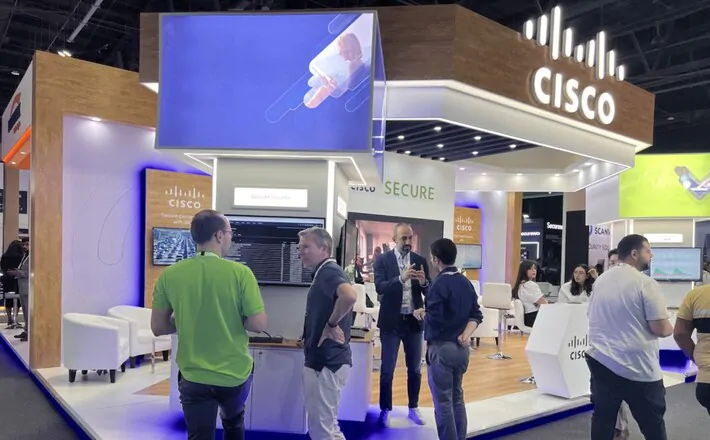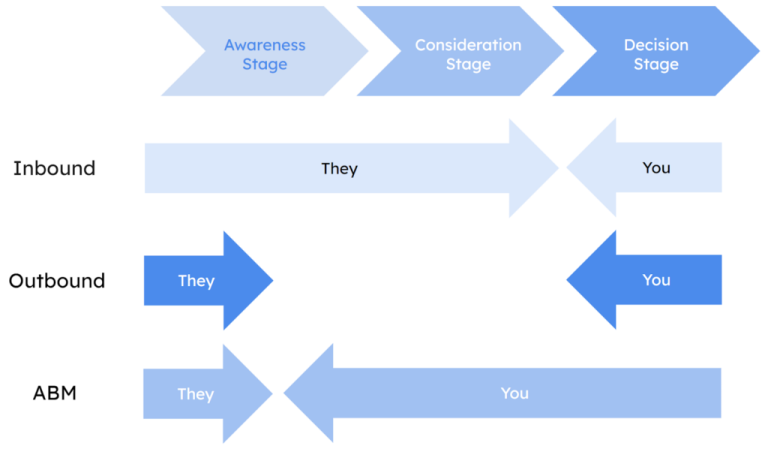
At its annual Cisco Live 2025 event, Cisco introduced a next-generation network architecture designed to meet the evolving demands of AI, IoT, and the modern workplace. The announcement signals the company’s ambition to position itself as a foundational enabler of the digital infrastructure powering enterprise transformation across campus, branch, and industrial environments.
Cisco CEO Chuck Robbins opened the event with a call to action for businesses navigating an era of rapid technological and geopolitical change. He stressed that security must be woven directly into the network fabric if companies are to succeed in this new age of what he termed “authenticity.” The ability to adapt swiftly and securely, he said, is now essential to business continuity and innovation.
The newly unveiled platform, built for scale, simplicity, and resilience, reflects the findings of Cisco’s recent survey of IT leaders. According to the report, 97% of organizations recognize that their networks must be modernized to successfully implement AI and IoT initiatives. The pressure is mounting: a single major outage, Cisco notes, could cost global businesses a staggering $160 billion. To address such risks, Cisco argues, IT teams must fundamentally rethink how networks are designed, managed, and secured.
Jeetu Patel, Cisco’s President and Chief Product Officer, highlighted how AI-driven innovation is reshaping digital infrastructure. With surging AI workloads creating explosive growth in data traffic, he warned that outdated networks will become liabilities, potentially overwhelming IT teams with complexity and security risks. Patel’s message was clear: companies that excel in leveraging AI will pull ahead, while those that fail to adapt will struggle.
Cisco’s approach is to deliver the infrastructure needed to support this shift, from AI-ready data centers to secure global connectivity across all enterprise environments. Mr. Patel described AI as ravenous in terms of its demands for compute power, bandwidth, and energy – stressing that organizations must invest in modern, scalable infrastructure to remain competitive.
“Modern means high-performance, secure, and dependable,” he said. “Your network must be rebuilt for AI – latency adjusted, performance enhanced, and power efficiency maximized. If done correctly, those infrastructure constraints begin to fall away.”
For NetOps, SecOps, and DevOps Teams
The new platform, built with Agentic AI in mind, offers integrated security, simplified operations, and a unified management experience across Cisco’s hardware portfolio. The aim is to reduce operational complexity by allowing enterprises to manage Meraki and Catalyst devices – alongside next-gen wireless, routing, and industrial networks – through a single interface. The architecture can be deployed on-premises, in the cloud, or in hybrid environments.
Key to this architecture is the expansion of ThousandEyes assurance technology, now extended to mobile endpoints and industrial IoT systems. By providing deeper visibility into Microsoft Azure and enterprise networks, the system delivers real-time insights that support resilience and uptime. An integration between Splunk and ThousandEyes further enhances observability from application layer to network core, offering IT teams a broader view of their infrastructure across both owned and third-party environments.
Driving the intelligence behind this unified network is Cisco’s AgenticOps – a new operational model powered by AI. At its core is the Deep Network Model, a domain-specific large language model (LLM) designed to process vast telemetry data across networking, security, and observability domains. The model enables AgenticOps to transform real-time data and domain knowledge into actionable insights and automation.
One standout application of this model is the Cisco AI Assistant, a natural language tool that helps identify issues, diagnose root causes, and automate remediation. The assistant’s integration into the operational stack is designed to reduce routine task duration from hours to minutes, significantly increasing efficiency for IT teams.
Complementing these tools is the new AI Canvas, a collaborative generative AI interface tailored for NetOps, SecOps, and DevOps teams. The dashboard interface enables users to streamline workflows, coordinate across departments, and optimize network performance with reduced manual effort.
With this launch, Cisco is positioning itself to be more than a networking solutions vendor – it is redefining enterprise infrastructure for a world increasingly dominated by AI-driven operations. The company’s investments in intelligent automation, cross-domain observability, and secure connectivity reflect its strategy to stay ahead in a competitive and fast-changing market.





